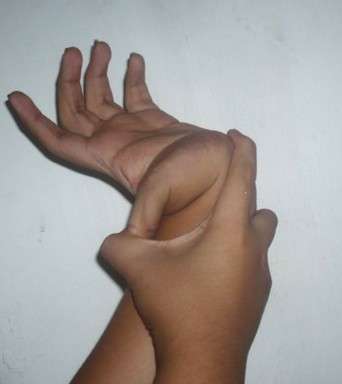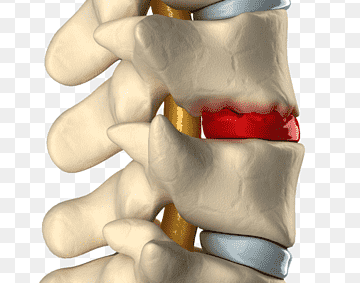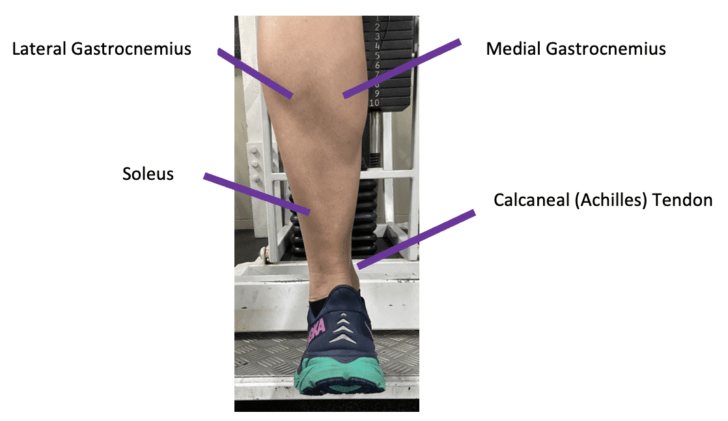The term hypermobility is one easily conceptualised by the general population, there is increased movement beyond the ‘normal’ joint range of motion. Hypermobility has historically dominated the sphere of gymnastics, dance and acrobatics as advantageous skill acquisition. Outside of acquired hypermobility which is often used for performance gains, there is a spectrum of hypermobility disorders from asymptomatic to symptomatic hereditary syndromes. Across this scale there are varying symptoms which are not consistent across each categorisation. This varied presentation can increase time to diagnosis and often limit clients from receiving the care required.
Read more




